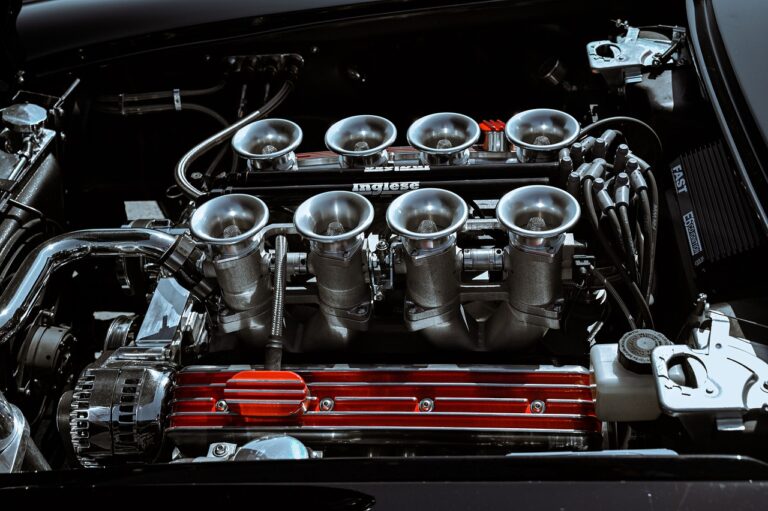AI-Powered Predictive Maintenance in Automobiles
Predictive maintenance plays a crucial role in ensuring the optimal performance and longevity of automobiles. By utilizing data and analytics, car manufacturers can proactively identify potential issues before they escalate into costly breakdowns or repairs. This proactive approach helps in minimizing downtime, improving safety, and enhancing overall operational efficiency of vehicles.
Implementing predictive maintenance in automobiles also leads to significant cost savings in the long run. By accurately predicting when maintenance is required, car owners can better plan and budget for servicing needs, reducing the likelihood of unexpected expenses. Additionally, this data-driven approach enables automotive companies to streamline their maintenance processes, optimize inventory management, and ultimately provide a more reliable and satisfying driving experience for customers.
Predictive maintenance helps in identifying potential issues before they escalate
Minimizes downtime and improves safety of vehicles
Enhances overall operational efficiency of automobiles
Leads to significant cost savings in the long run
Helps car owners better plan and budget for servicing needs
Enables automotive companies to streamline maintenance processes and optimize inventory management
Challenges Faced in Implementing Predictive Maintenance
One of the primary challenges encountered in the implementation of predictive maintenance in automobiles is the initial investment required. Setting up the infrastructure for gathering real-time data from the vehicles, acquiring predictive maintenance software, and training personnel to interpret and act upon the data necessitates a significant financial commitment. This can be a deterrent for some companies, especially smaller ones, as they weigh the potential benefits against the upfront costs.
Another obstacle in the path of implementing predictive maintenance in automobiles is the issue of data integration. Modern vehicles generate a vast amount of data from multiple sources such as sensors, onboard computers, and telematics systems. Integrating this data in a seamless and meaningful manner poses a technical challenge for automotive companies. Ensuring that the data is accurate, up to date, and easily accessible for predictive analysis is crucial for the success of any predictive maintenance program.
Benefits of AI-Powered Predictive Maintenance
AI-powered predictive maintenance offers unparalleled advantages in the automotive industry. By harnessing the power of artificial intelligence, automotive companies can proactively address potential issues before they escalate, minimizing downtime and costly repairs. This predictive approach enables vehicles to operate at optimal efficiency and ensures the safety of both drivers and passengers.
Moreover, AI-powered predictive maintenance enhances overall vehicle performance and longevity. Through continuous monitoring of crucial components, such as engines, brakes, and transmission systems, potential failures can be detected early on, allowing for timely intervention. This predictive model not only saves time and resources but also improves customer satisfaction by delivering a reliable and consistent driving experience.
What is predictive maintenance?
Predictive maintenance is a proactive maintenance strategy that uses data analysis and machine learning to predict when equipment failure is likely to occur, allowing for timely maintenance to prevent costly downtime.
How does AI-powered predictive maintenance work?
AI-powered predictive maintenance uses artificial intelligence algorithms to analyze data from sensors and equipment to predict when maintenance is needed. This allows for more accurate and timely maintenance scheduling.
What are the benefits of AI-powered predictive maintenance?
Some benefits of AI-powered predictive maintenance include reduced downtime, lower maintenance costs, increased equipment lifespan, and improved overall operational efficiency.
What are some challenges faced in implementing predictive maintenance?
Challenges in implementing predictive maintenance can include data quality issues, lack of expertise in data analysis, resistance to change from maintenance teams, and initial investment costs in technology and training.
How can predictive maintenance benefit the automotive industry?
In the automotive industry, predictive maintenance can help manufacturers and service providers reduce breakdowns, improve vehicle safety, optimize maintenance schedules, and ultimately enhance customer satisfaction.







